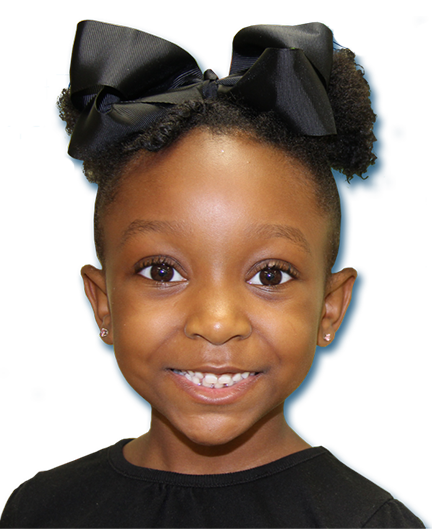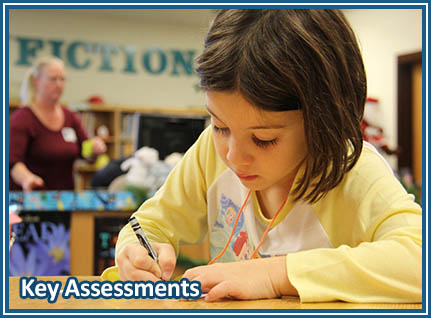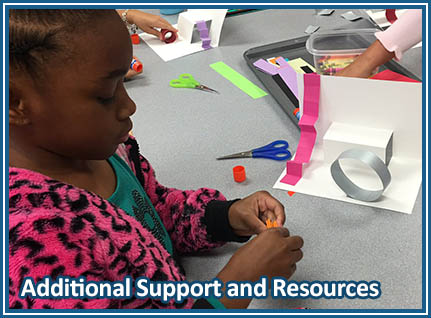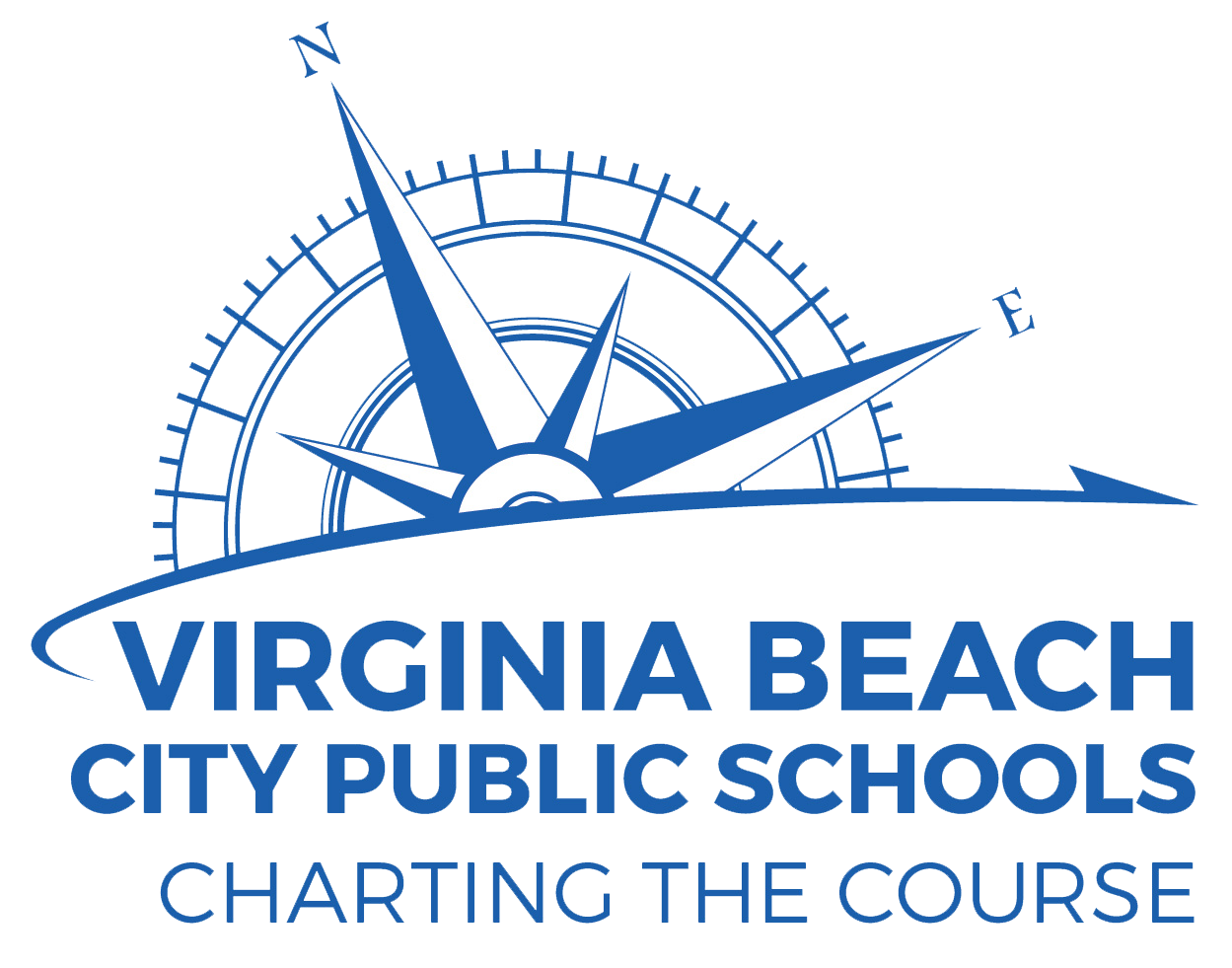
Kindergarten is an exciting time of new beginnings and of learning new things every day. Our kindergarten program integrates the teaching of language arts (i.e., oral language, reading, and writing), mathematics, science, social studies and health through a language-rich curriculum.







Social Studies
Students learn social studies concepts that build a foundation for learning independently and cooperatively with others. The focus in kindergarten social studies is developing a concept of self. Areas addressed include civics, economics, geography, and history.